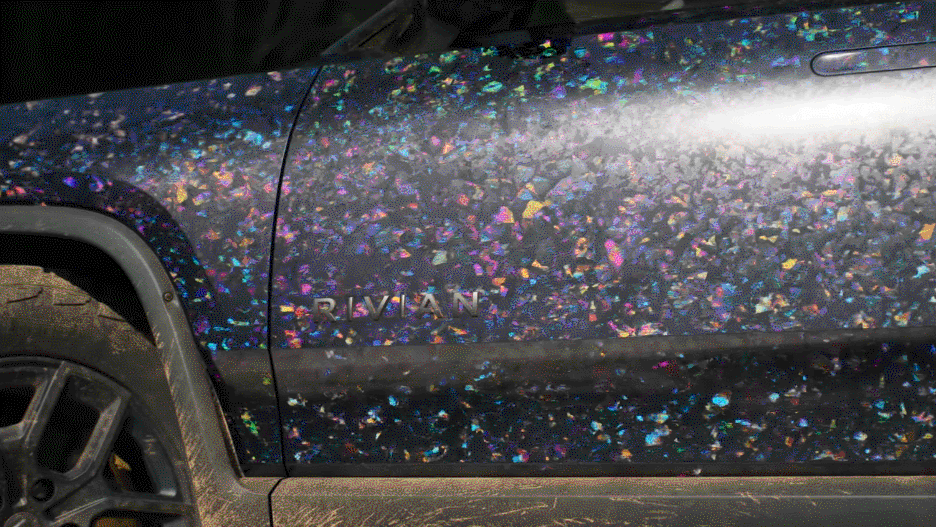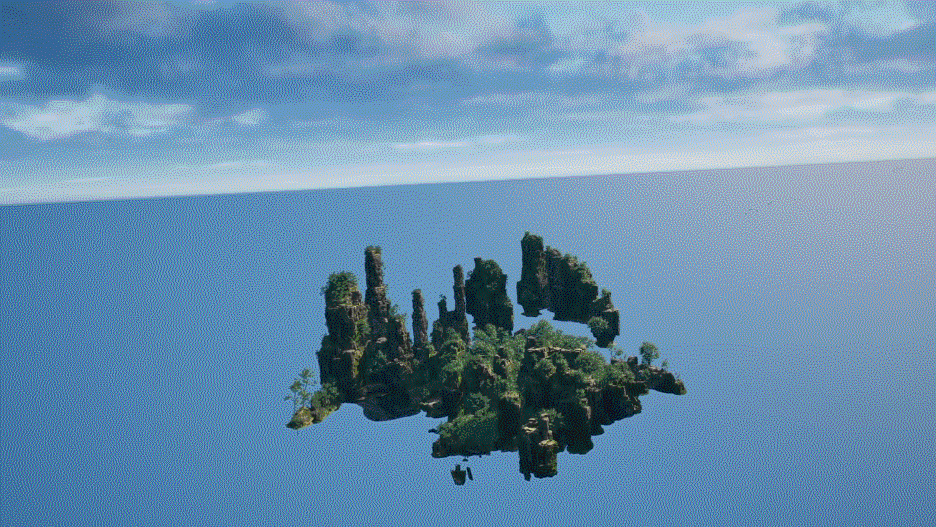With a little delay, we tell you how Epic Games introduced Unreal Engine 5.2 during its almost eight-hour presentation at GDC 2023. Let’s mention the key tools and improvements shown by the company.
A car in a procedurally generated Unreal Engine 5.2 location
Let’s start with the numbers. To date, 77% of the engine’s users have switched to its fifth version (the adaptation took place very quickly, given that its global release took place in April 2022). The MAU of the engine has now crossed the mark of 750 thousand people.
As for Unreal Engine 5.2, its preview version became available for review on the day of the announcement, March 22. There are not very many innovations, there are two key ones in general. We will stop at them.
Substrate Shading System
The key innovation is so far an experimental framework for working with materials, which is called Substrate. In short, it is a tool that allows you to create materials with different types of shading.
In the future, it should replace such shading models as Default Lit and Clearcoat. It is said that this is a framework consisting of modules, which opens up more opportunities to customize the appearance of materials.
Epic Games demonstrated the capabilities of Substrate using the example of how dust and dirt affect the reflective properties of the material. In fact, we are talking about multi-layer shading. Epic Games has emphasized that there are no visual artifacts at the junction of various shadings within the same material.
Demonstration of Substrate
Tools for procedural content generation
The new version of the engine will receive a plug-in for procedural content generation built into the editor. It is called Procedural Content Generation (PCG). The tool will work in real time.
PCG simplifies the work of creating giant open spaces. The developer creates the initial scene, sets the necessary parameters, and then the plugin, starting from the scene and variables, generates the world.
As part of the technology demonstration, Epic Games demonstrated how, on the basis of a small area of 200 by 200 meters, a new plugin (which is also still claimed to be experimental) procedurally generated an area of four by four kilometers in size.
PCG Demonstration
“We are sure that there will always be a need for a manually created environment, and these procedural systems are created precisely as tools for artists who create such unique content,” it was stated at the presentation.
Another key feature of PCG is that during the subsequent manual configuration of the environment (for example, when adding new objects), the plugin instantly recalculates the scenes so that they look natural, so that they look inscribed in the created world.
PCG Demonstration
Adrien Logut, a programmer for working with Epic Games tools, later shared more detailed information about the PGC plugin in a YouTube video. He showed how this plugin works in practice.
Logout about working with PCG
Other innovations:
- improvements to VP functionality (added new tools for working with the scene for the so-called virtual production);
- implemented native support for Apple Silicon and Intel CPU processors.
MetaHuman Animator
From the important: during the presentation, outside of the innovations of Unreal Engine 5.2 (that is, as a separate toolkit) MetaHuman Animator was announced. This is an extension for the MetaHuman realistic face creation program. Its essence is to reduce the entire pipeline for capturing facial animation, which usually takes months of work, to a short procedure, for which a smartphone and one ordinary PC are enough.
Demonstration of the capabilities of MetaHuman Animator
The work of MetaHuman Animator was demonstrated right during the presentation. It took less than five minutes to capture and mix the animation with audio. The animation taken with the iPhone turned out to be correctly integrated with all available MetaHuman models.
Audio capture, by the way, plays an important role here, since MetaHuman Animator takes into account the sound when creating animation (in particular, the animation of the language, which is immediately calculated by the built-in algorithm).
Full presentation (for those who will have seven and a half hours free on the weekend):
State of Unreal at GDC 2023




